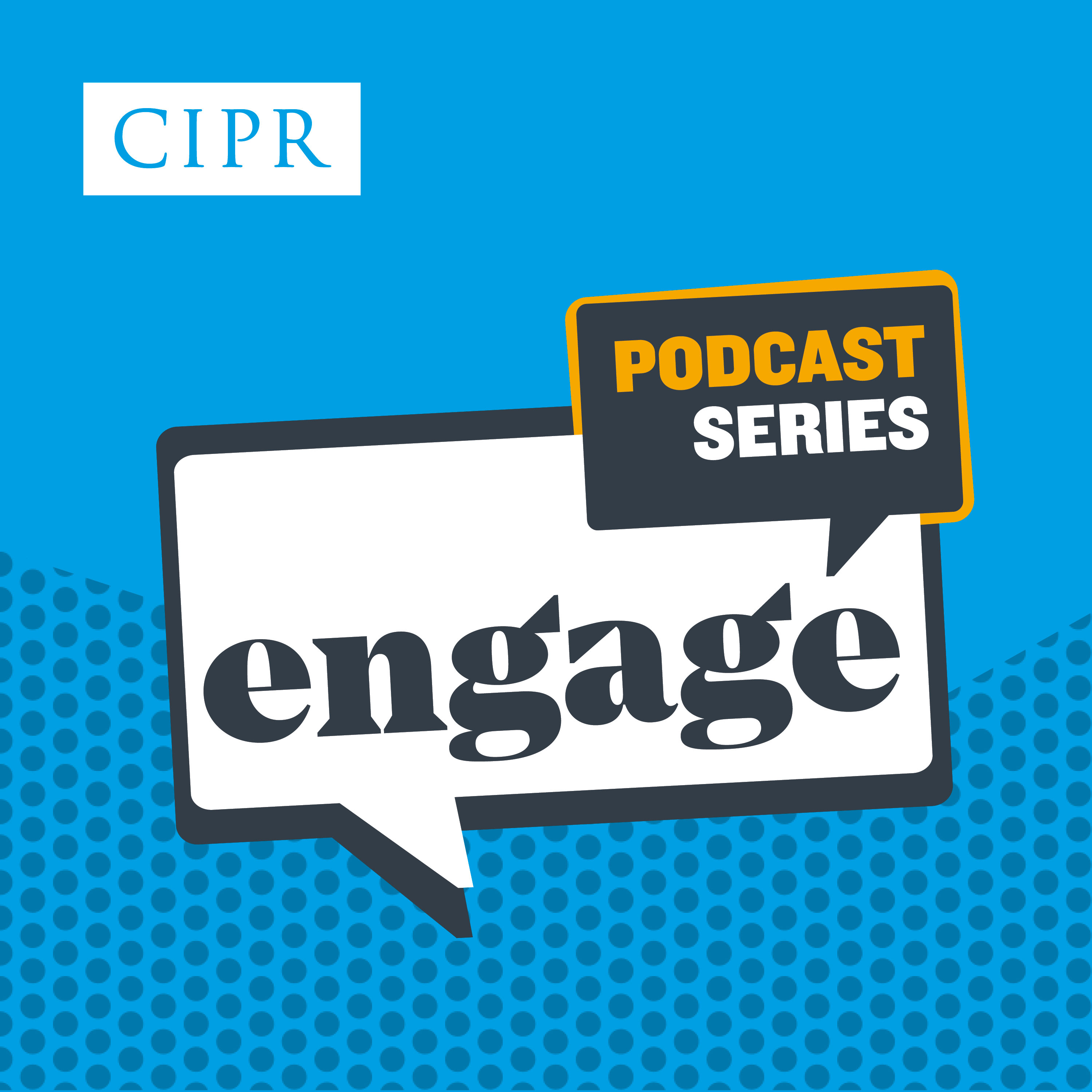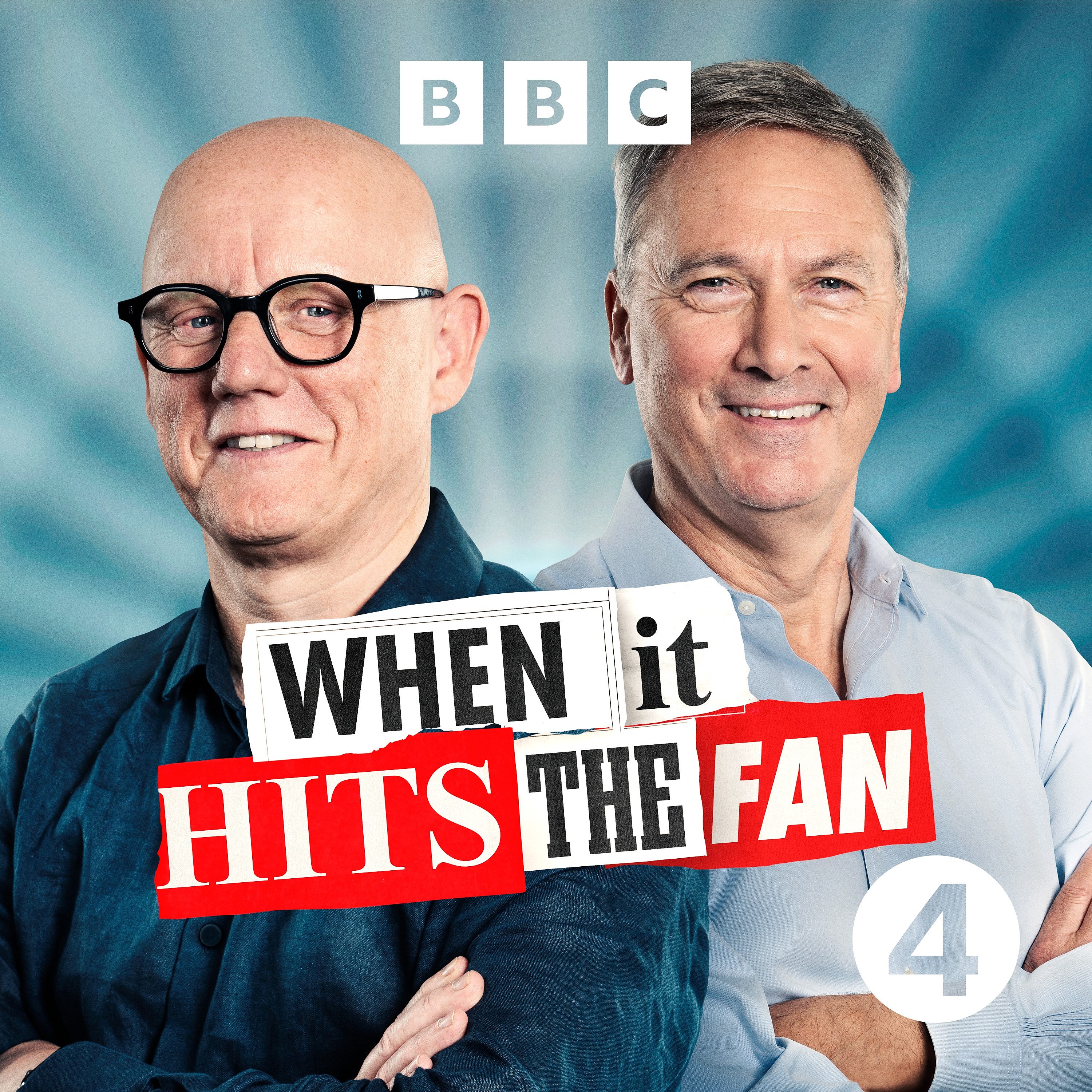
Bite Size Comms
Bite Size Comms is a weekly podcast that will give you a perspective on an aspect of public relations and communications practice. Bite size as they are short opinion pieces on topical issues. The episodes are sometimes contentious, sometimes funny, and they all aim to provoke thought.
Thanks for listening.
Bite Size Comms
Excellence Theory x Boaty McBoatface
In the 1980s, public relations academics researched that dialogue - two-way balanced communication - was the ideal. We examine this Excellence Theory through two case studies: Boaty McBoatface from 2014 and the NHS improvement consultation in 2024.
Excellence Theory x Boaty McBoatface
In 1984, the academics James Grunig and Todd Hunt published a model of public relations, based on their observations of PR practice in the USA, as a set of typologies to describe an organisation's development from poor PR to good PR. This simple framework starts with one-way communication, ‘press agentry’ (publicity), then one-way ‘public information’ to inform audiences, then kind of two-way ‘persuasive communication’ (asymmetric - imbalanced - as it is from the organisation’s perspective) and finally, two-way ‘dialogue’, a balanced form of symmetric communication. The authors, plus a few other academics, conducted a ten-year research study to prove that two-way symmetric communication was excellent PR and should be aspired to. The model became known as the Excellence Theory to some, or even the theory of PR. Anyone who studied for the CIPR Diploma when it was more academic ten years ago will be quite familiar with the model. I was bored with its oversimplification as there could be a time and place for any of the four stages of the typology within an excellent organisation.
The idea behind dialogue - to involve a wide range of people in organisational decision-making - is viewed as ethical and effective communication. But are we not blurring the boundaries between listening and gathering intelligence, and a democratic form of working practice? Sometimes, the situation may warrant a dialogue approach. To find a solution to an issue, perhaps by consulting all staff. However, sometimes by taking a dialogue approach, one can do more damage.
In 2014, the UK government agreed to £150 million in funding for a new polar research vessel for the British Antarctic Survey. The Natural Environment Research Council (NERC) started a public poll to find a name for this new vessel. They did stipulate that they would have the final say. James Hand, a PR practitioner (and former BBC Radio Jersey journalist), started a campaign on Twitter that the Boat should be named Boaty McBoatface in homage to a viral campaign to name an owl Hooty McOwlface a few years previously. Within 24 hours, the Boaty suggestion had the top spot in the poll and eventually won with 33% of the vote. James, by the way, apologised to the NERC for causing chaos. NERC named the vessel Sir David Attenborough, and one of its submarines became Boaty McBoatface. People were annoyed. There was even a petition, signed by 3,600 people, that Sir David should change his name to Sir Boaty McBoatface (Sir David found this very amusing). The NERC view was that any publicity was good, helping to get public interest in what they were doing. Or did it?
Have lessons been learnt? Fast forward to October 2024, and our second case study is the NHS. The NHS needs to improve because of the ageing population and underfunded healthcare system. But the wisdom of an online consultation for people to suggest how that might happen is Boaty McBoatface territory. People are having much fun making witty suggestions. My favourites: there should be a Wetherspoons pub in every hospital to increase morale (Wetherspoons is doing very well in the NHS poll), and all doctors should be known as ‘Dr Who’ to save costs on name badges. It's funny but of no use in improving the NHS.
Consider the situation, who to involve, and how to involve them as important principles of achieving the Excellence Theory’s two-way symmetrical communication. Dialogue is for special occasions.
[Image: Phil Nash on Wikimedia Commons]





